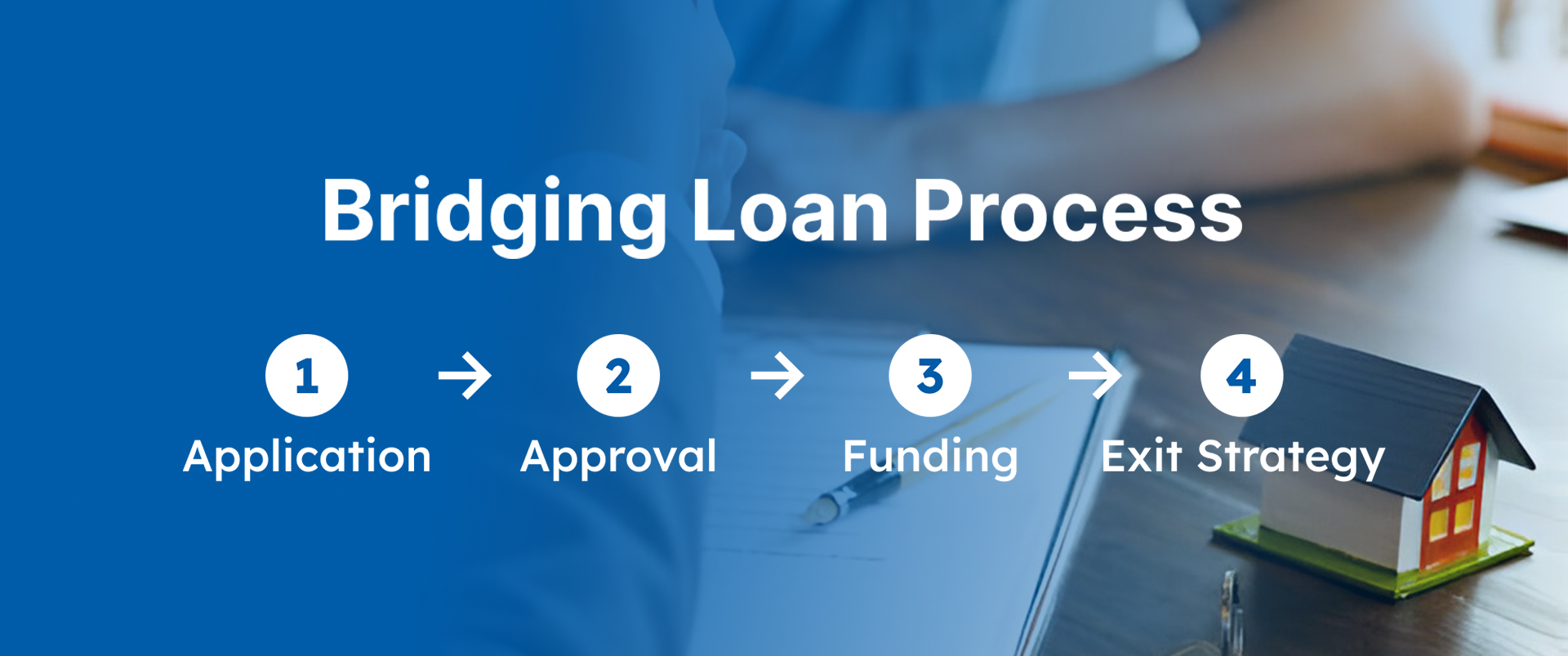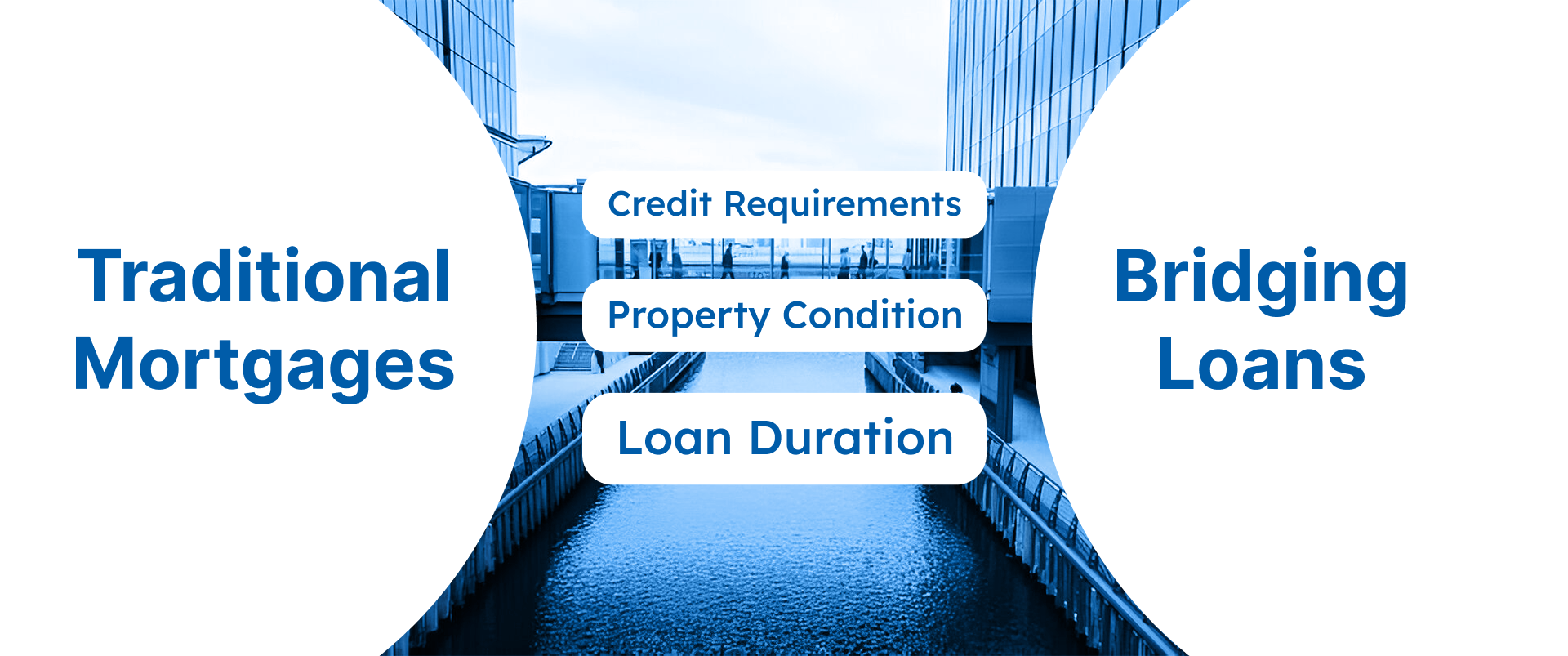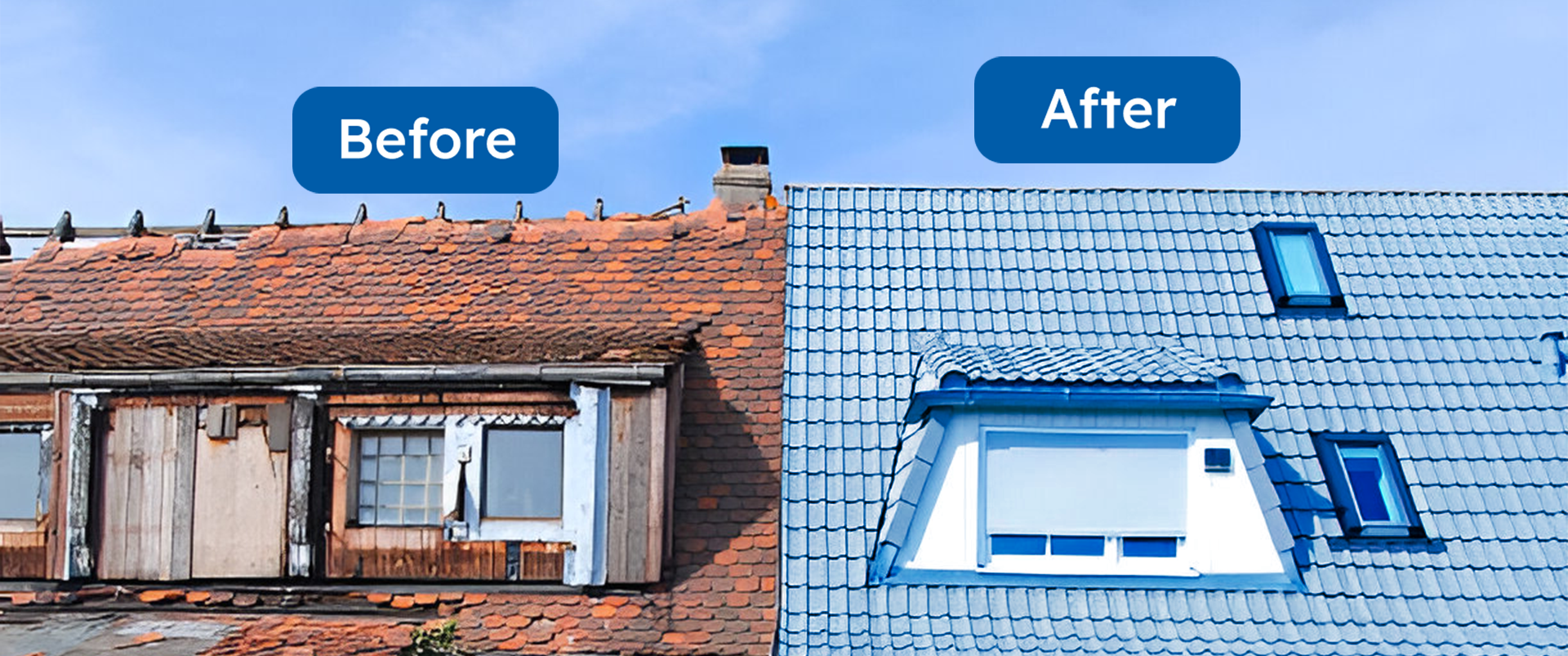What's an unmortgageable property?
A property that does not meet the standard requirements for a mainstream mortgage provider, such as a high street bank. Many lenders will specify that a property must have a functioning kitchen and bathroom, to provide lending, and as such be considered inhabitable. If a property is uninhabitable and requires significant works, it will be more challenging to obtain long term mortgage funding, before essential repairs have been completed. From roof repairs, non-existent staircases, damaged floorboards and rising damp, a property could have been empty or abandoned for many years with little to no maintenance.

– Properties with structural Issues, subsidence, heave or invasive plants.
– Dry or wet rot: Fungus growing on timber exposed to damp and spreading.
– Woodworm and beetle infestation
– Asbestos and other chemical pollutants
– Short lease properties: A property with a lease of under 80 years remaining would be considered too short for many mortgage providers and would cost more to extend. Extending the lease can often take several months.
Bridging loans can be an effective financing alternative for those looking to invest in unmortgageable properties. Here’s why:
Fast Access to Funds
Bridging loans are designed to provide quick access to cash, typically within a few days, making them ideal for time-sensitive investment opportunities. Many dilapidated properties are sold at auction where completion is required within 28 days. So money would be required before many financing arrangements are available. However bridging loans are designed exactly for this purpose.
Flexible Lending Criteria
Unlike traditional mortgages, bridging loans have more flexible lending criteria, focusing on the value of the property and the exit strategy rather than strict credit scores and income proofs. Whilst a property may not be inhabitable, at BIG we would lend against the current value of the property on a 180-day basis. A 180-day valuation is the perceived value of a property if it was to be sold within a restricted marketing period of 90 days, with a sale finalised within 180-days total. This valuation will normally come in at circa 10% less than the market value.
 Short-Term Solution
Short-Term Solution
These loans are intended for short-term use, typically ranging from a few months to a couple of years, until the property can be sold or refinanced. This short-term solution also means a bridging loan is designed to be repaid within a reduced timescale without penalty, unlike a term facility that may have early repayment fees. Within the bridging loan term, essential repairs and property renovations can be completed or planning obtained for further development.
Opportunity for Property Improvements
Investors can use bridging loans to finance necessary repairs or renovations, thereby improving the property’s value and making it eligible for a conventional mortgage in the future. Following the completion of repairs an investor is likely to have more options for exiting their bridging loan, now that the property is inhabitable a mortgage could be secured, the property could be sold on the open market or rented, if it meets minimum EPC requirements.
 Chain Breaks
Chain Breaks
Bridging loans can help maintain the purchase chain by providing temporary finance when there’s a delay in selling an existing property. Property development may then be able to progress with cash funds released from the subsequent sale of another property. Bridging loans can provide property investors or homeowners with a lifeline to secure their property purchase before the sale is lost to another buyer.
Case Study: Success with Bridging Loans
At BIG Property Finance we have facilitated many bridging loans to support the financing of ‘unmortgageable’ properties, to support the onward investment and refinance for our clients. Here’s just one example of a previous success story;
The Scenario:
A property investor identified a promising property with a short lease and significant structural issues. Traditional lenders were unwilling to finance the purchase due to the high-risk factors.
The Solution:
The investor secured a bridging loan, which provided the necessary funds quickly. With this financial support, they extended the lease and carried out essential repairs.
The Outcome:
Once the property was renovated and the lease extended, it qualified for a traditional mortgage. The investor then refinanced the bridging loan with a long-term mortgage and went on to sell the property at a substantial profit.
Conclusion
Investing in unmortgageable properties can be a lucrative opportunity when approached with the right financial tools and knowledge. Bridging loans offer a flexible, fast, and efficient way to finance these investments, allowing investors to unlock the potential of properties that would otherwise be inaccessible. If you’re considering purchasing an unmortgageable property, exploring bridging loan options might be the key to your investment success.
Call to Action
Are you interested in learning more about bridging loans and how they can help your property investment? Contact us today by Email: info@bigpropertyfinance.co.uk or Phone: 0121 348 7830 for tailored financial solutions!


 Short-Term Solution
Short-Term Solution Chain Breaks
Chain Breaks
